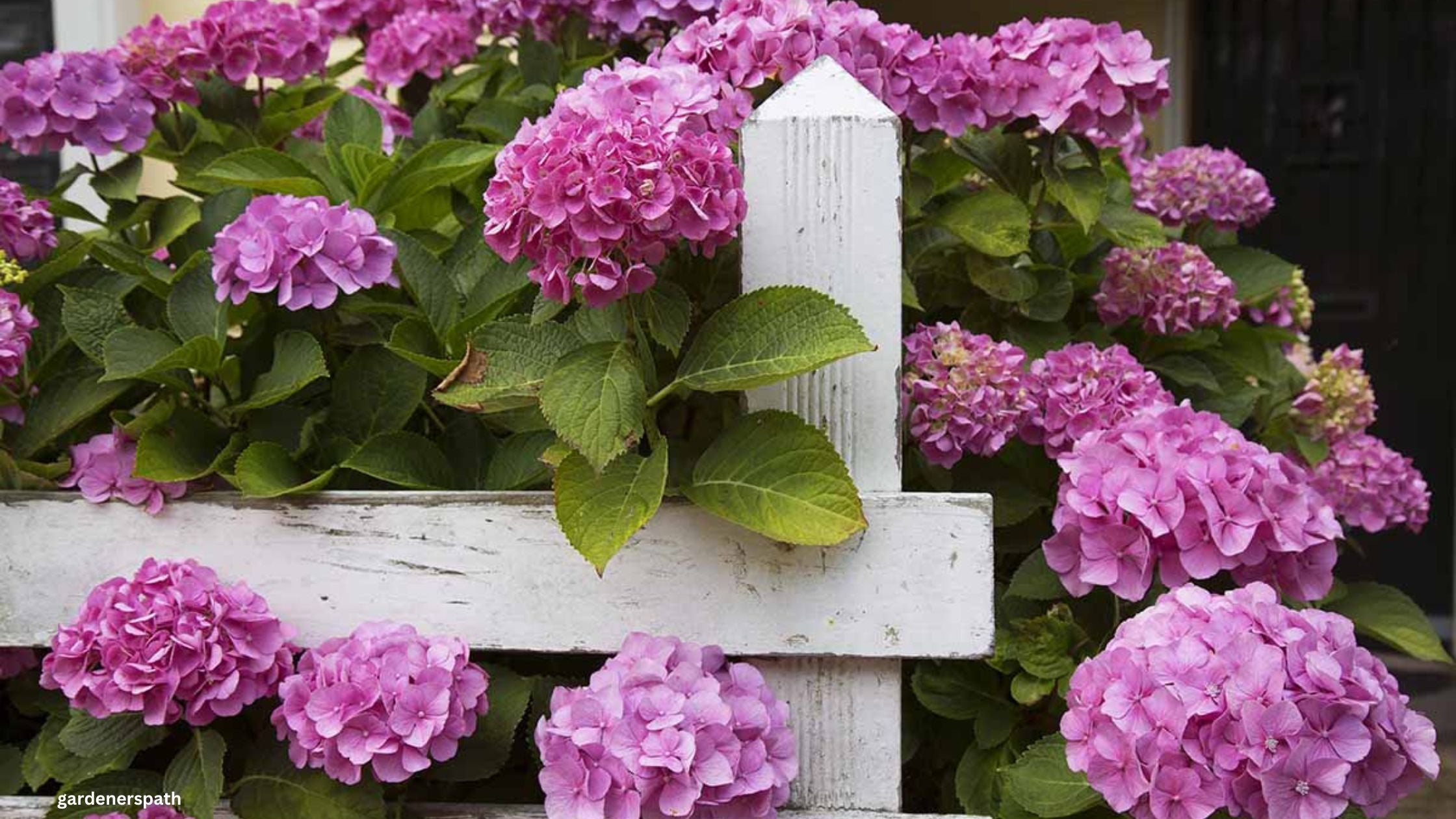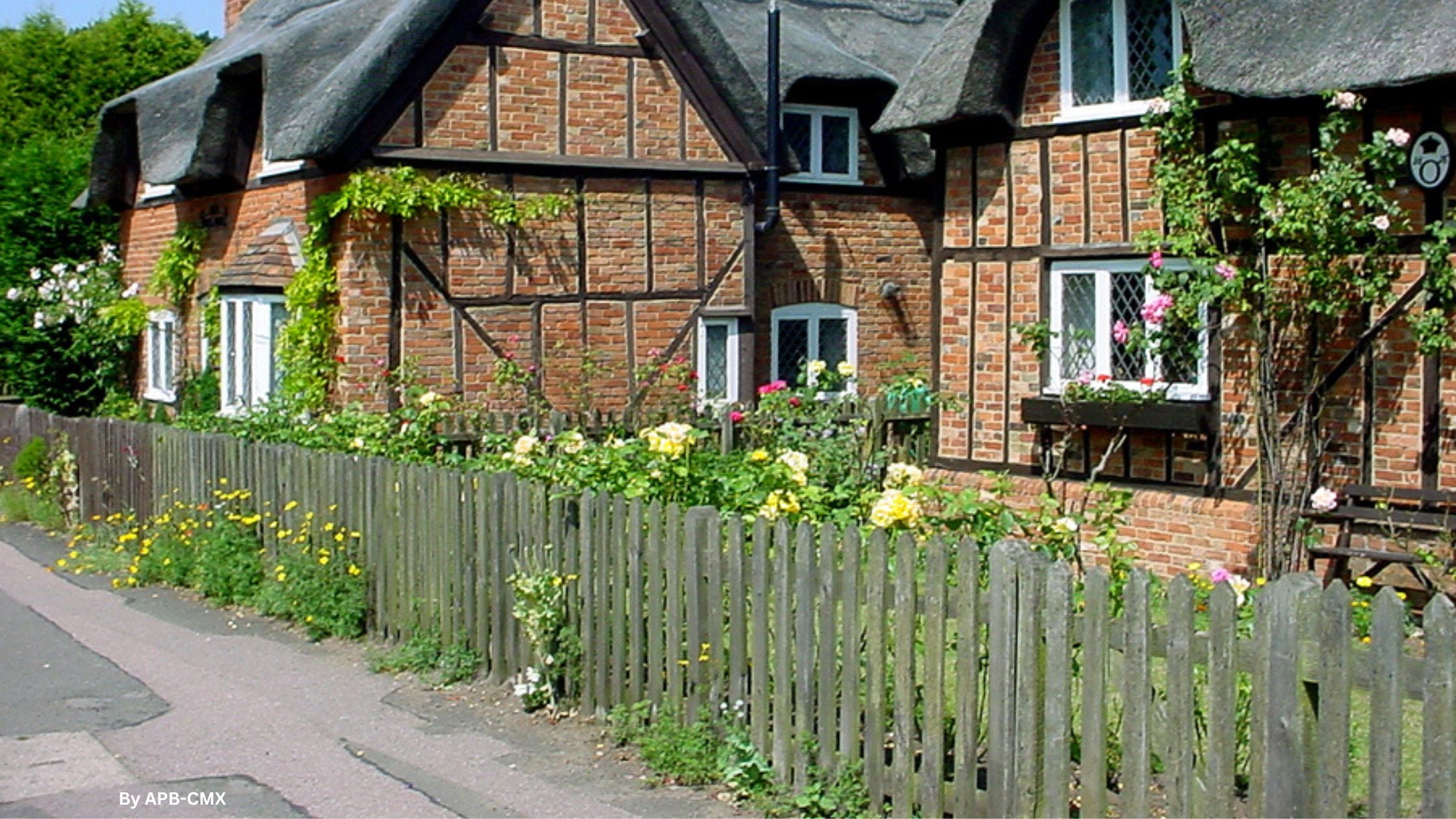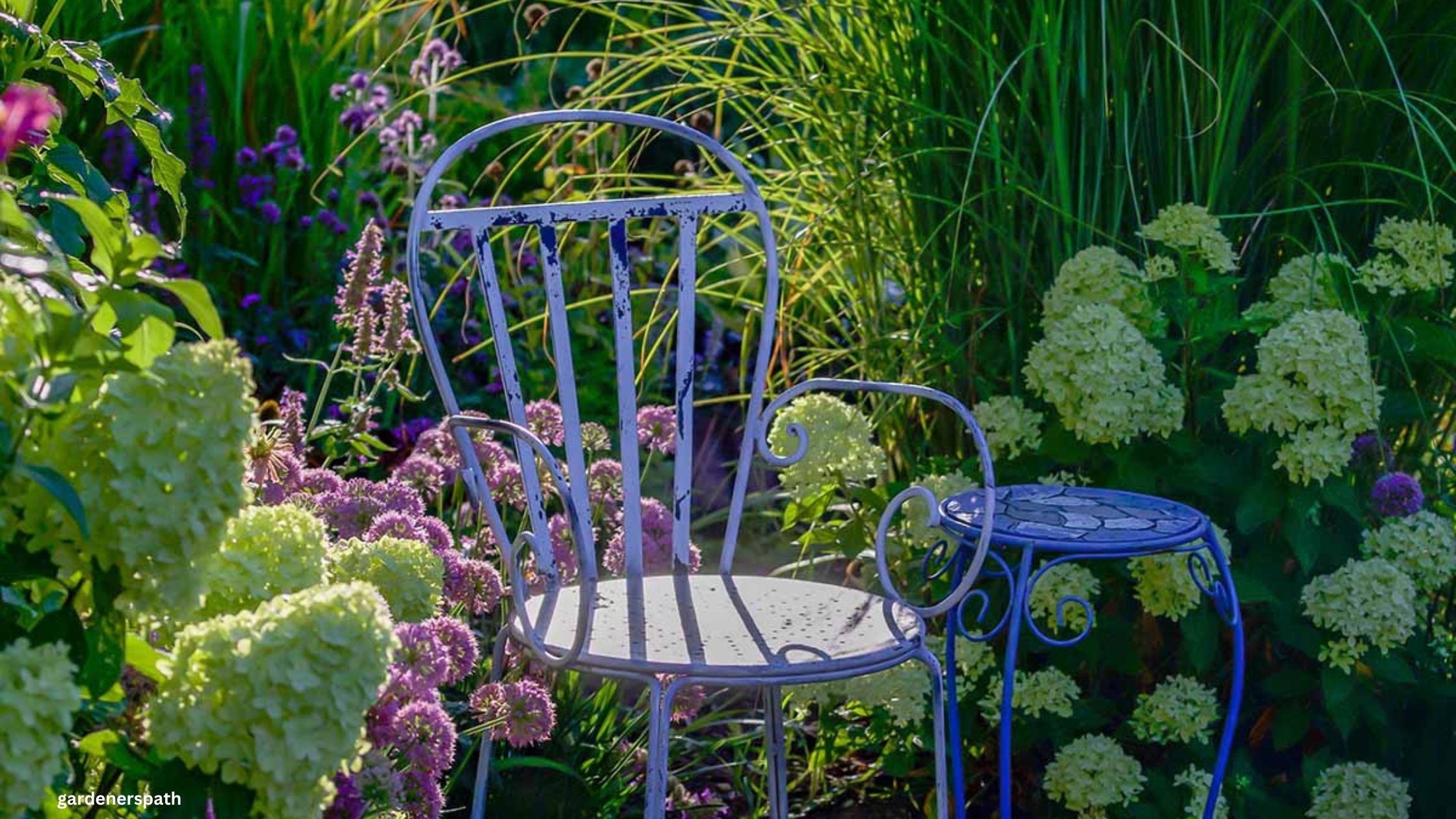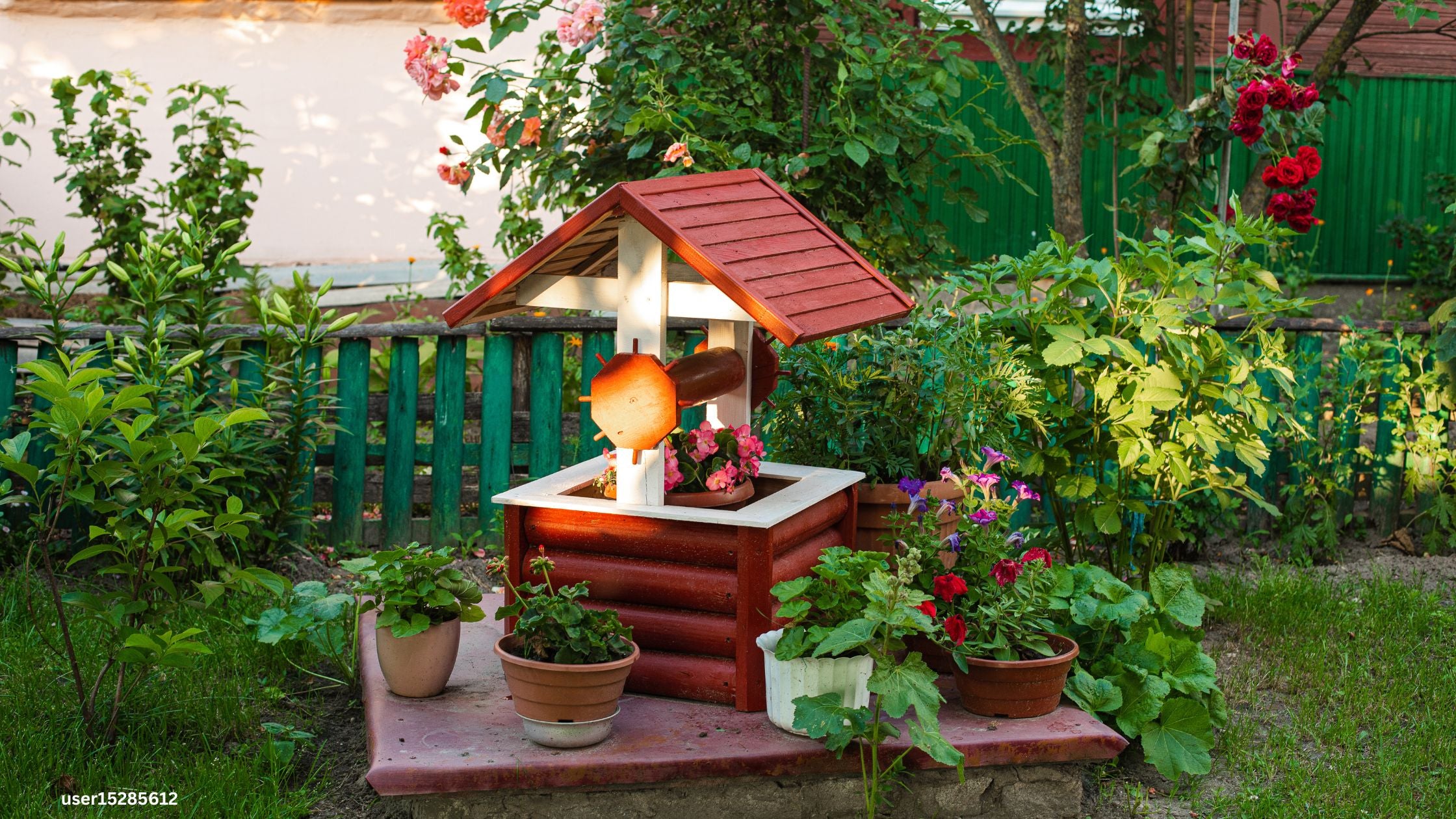This Spring Plant An Old Fashioned Cottage Garden!

If you were lucky enough to grow up on a family farm in Saskatchewan you will no doubt have very fond memories of mothers and grandmothers in your community planting and maintaining beautiful cottage gardens. There were no shortage of old fashioned plants such as peonies, gladioli, sweet peas and many more. These flowers were used for community weddings, baby showers, dances and funerals. Seeds were saved and shared. Along with the crops in the fields these gardens filled the warm summer air with the heavy beautiful scent of nature.

Cottage gardens began in England during the Tudor period in the 1400’s. Out of necessity poor workers used a small amount of land around their cottages to house beehives, plant vegetables, herbs, fruit trees and flowers. Over the centuries cottage gardens have transformed into more floral landscapes with the odd herb garden or vegetables included in the mix. They are loose and informal; an abundance of densely planted annuals, perennials, shrubs, vines and the occasional tree.
While cottage gardens can be large or small, the most important thing to remember remains constant. There are no hard and fast rules when it comes to designing a cottage garden. I hesitate to use the word design as it implies the existence of a plan. A general layout is really all you need to begin. Roughly map and measure out the area you have to work with. I would then rough in any future paths and sitting areas and if you are very fortunate; a small pond. Of course, all this can be changed if necessary once you begin to work on the garden. Even with a ‘plan’ I would advise you to start small. Study and take your cues from nature.
Cottage gardens are characterized by their use of ‘rooms’ as you wander the paths in the garden. Many of these rooms are not seen until you walk around a corner or step up/down a couple of stone steps where you will encounter a new focal point, an interesting rustic garden shed or a welcoming sitting area around a small pond or water feature.

A modern cottage garden is not without its hard landscaping elements but most of these elements are vintage, antique or incorporate old logs that are used for fences. Fences are open and rustic, giving you a view of the plants behind or far off fields. Natural elements are included such as barn board sheds, bird houses and weathered, trickling fountains and birdbaths. Rusted metal screens can be used throughout to divide up the various ‘rooms’ in a large design. Winding paths with steps that run throughout the garden are usually pea gravel, small bark chips or small grade river rock. You can also use weathered brick, flagstone, or wood.
Scent is used in a cottage garden to create a relaxing, inviting atmosphere. Scented plants and shrubs also attract many different types of pollinators.
Planted containers of many sizes and informally placed throughout the garden are often used as focal points or to decorate a private sitting area.
 Cottage gardens avoid the use of straight edges and long lines of the same flower or groundcover as edging. There is no room for a lawn! The flower beds do not have hard edging between the soil and the edges of the paths. The beds themselves are informal and very loosely planned; overflowing with various colors of shrubs and flowers. They encourage you to walk further down the path to see what is beyond your line of sight.
Cottage gardens avoid the use of straight edges and long lines of the same flower or groundcover as edging. There is no room for a lawn! The flower beds do not have hard edging between the soil and the edges of the paths. The beds themselves are informal and very loosely planned; overflowing with various colors of shrubs and flowers. They encourage you to walk further down the path to see what is beyond your line of sight.
Traditional cottage garden colors are soft, muted and occasionally show the odd bold splash of color. But this is your cottage garden so pick the colors that make you happy. Another helpful tip is to plan for a steady show of color throughout the growing season into fall. Plants with interesting, large seed heads can be used as food for birds in winter. Occasionally repeat some of the plants throughout the garden or use them in container plantings. If you have a large country garden plant in odd numbers or drifts. Deadhead regularly to prolong the bloom season.
Cottage gardens, long ago, used to include at least one fruit tree but it is not absolutely necessary. If this idea appeals to you there are many small varieties of apples, prairie hardy cherries, hascap berries and Saskatoon shrubs available at Floral Acres.
Some Practical Suggestions
Consider using drought resistant plants such as native species, sedums and perennial grasses.
Use mulch to reduce evaporation until your flower beds fill in. It also helps to reduce weeds. Mulch can be small grade bark chips, compost, or leaf mold (shredded old leaves).
Install drip lines throughout the garden for watering. This will save you time, prevent water wastage and keep water off the leaves. You can add to the lines as the garden grows in size.
Use a few large rocks throughout the landscape. Rocks with depressions in the tops become homes for birdbaths or natural watering spots for insects, birds, and animals after a rain. Soften these rocks with climbing vines like clematis that can be trained to climb up and over these hard surfaces or through rustic log fences.
Mix edibles and herbs in their own area or amongst the shrubs and flowers.
Colorful shrubs can be used as backdrops in your flower beds. These include Red Leaf Rose, many varieties of Ninebark, Shrub Roses, Lilacs, Mock Oranges and Hydrangeas.
Think vertical – do not forget to include trellis, obelisks, pergolas, and window boxes stuffed with trailing annuals/perennials.
Use the odd splash of something whimsical – a fairy or two sitting on an old wood fence or large woven wicker balls that serve as ‘trellis’ for climbing vines.
The list of accents is endless. Do not overcrowd the garden with accents though as the plants are the show!
 Perhaps use the odd splash of color – a painted set of metal garden furniture, trellis, decorative old watering cans or a waterproof painting that hangs on the garden shed wall.
Perhaps use the odd splash of color – a painted set of metal garden furniture, trellis, decorative old watering cans or a waterproof painting that hangs on the garden shed wall.
Cottage gardens can also be used as cutting gardens in summer and fall. Gladiolil, sweet peas, and delphinium are cutting garden favorites.
Fill in spaces for the first two years with colorful spring bulbs while waiting for your plants to fill in.
Old fashioned plants to consider for your cottage garden
Make sure you use plants for our Zone 3 climate. Choose plants with different shapes, textures, colors and scents. The following are just a few of the available plants that can be used in a cottage garden. Many can be direct seeded into prepared beds.
Annuals
Thunbergia (Black-eyed Susan vine), Canary Creeper Vine, Climbing Nastursiums,
Larkspur, Love In a Mist (Nigella), Snapdragons, Zinnias, Cosmos, Bachelor Buttons (Cornflower), Nicotiana, Geraniums (Pelargonium x hortorum)
Godetia, Lavatera, Balsam (Impatiens balsamina), Four Oclocks (Jalapa mirabilis), Strawflowers, and Love Lies Bleeding - (Amaranthus caudatus)
Calendula, Cleome, Petunias, Annual Phlox and Coleus
Nasturtium
Perennials
Make sure you use plants for our Zone 3 climate.
Campanula, Columbine, Bee Balm, Phlox (low, med and tall varieties), Joe Pye Weed, Hollyhock (Biennial), Foxglove (Biennial), Delphinium, Shasta Daisies, Echinacea, Scabiosa (Pincushion Flower), Perennial Dianthus, Blue Flax (Linum perenne).
Lupins, Perennial Geraniums, Lavender, Baby’s Breath, Maltese Cross, Rudbecka, Liatris, Daylilies, Russian Sage, Lambs Ear, Bleeding Hearts, Asters, and Poppies. Do not forget a Peony or two as well!
Evergreen shrubs (low and pyramidal) can also be used in cottage gardens. They provide structure, privacy, winter interest and shelter for birds and animals in the winter.
Deciduous Shrubs and Perennial Vines - Hydrangeas, Lilacs, Zone 3 Kentucky Wisteria, Clematis (Hardiest –Pruning Group C), Climbing Shrub Roses, Shrub Roses, Honeysuckle, Climbing Honeysuckle (Scarlet Trumpet Vine)
Spring Bulbs - Allium, tulips, daffodils (Planted in fall) These will be helpful to plant in open spaces between plants while you are waiting for your young garden to fill in.
Cottage gardens are wonderful and fit right into our farming way of life. They are both uplifting and calming personal spaces; unique to you. Plant what makes you happy and enjoy the process!
